There seems to be nothing in your cart.
Didn't find what you were looking for? Contact our consultant.
To save your shopping cart until your next visit, create an account or register .
Browse our Hits sales
There seems to be nothing in your cart.
Didn't find what you were looking for? Contact our consultant.
To save your shopping cart until your next visit, create an account or register .
Browse our Hits sales
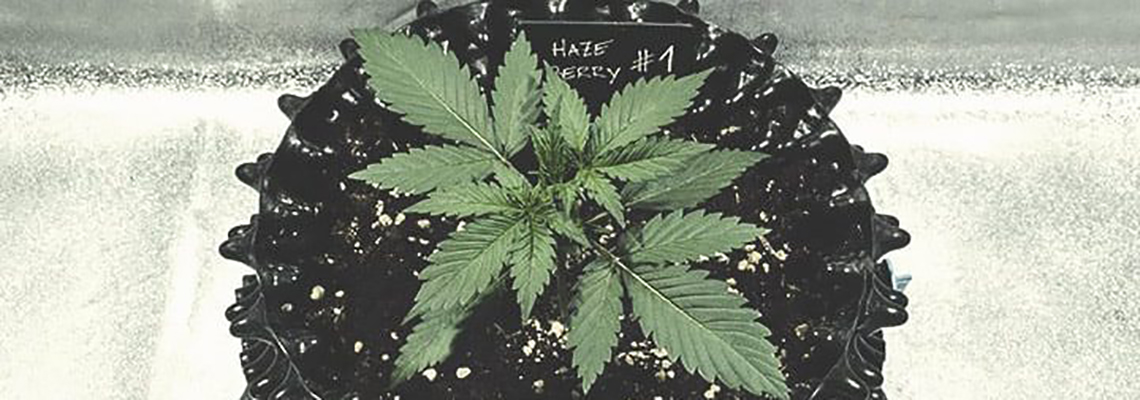
The world of horticulture and crop production is constantly looking for new methods and technologies to increase the yield, quality and health of plants. One such innovation is Well-Pots, which are a modern approach to growing plants. In this article, we'll take a look at how Well-Pots help improve conditions for plant roots and what benefits they can bring to gardeners.
Before we dive into the details of Well-Pot technology, let's briefly outline the importance of using quality pots for growing plants. Pots are the foundation for the root system of plants, and their quality directly affects the health and development of plants. Traditional pots made of plastic or clay can have certain limitations, such as insufficient root aeration or risk of root entanglement.
In light of these problems, there is a need for innovative solutions that can improve conditions for plant growth. Well-Pots are one such solution, offering a unique design that promotes healthy root development and provides optimal growing conditions for plants.
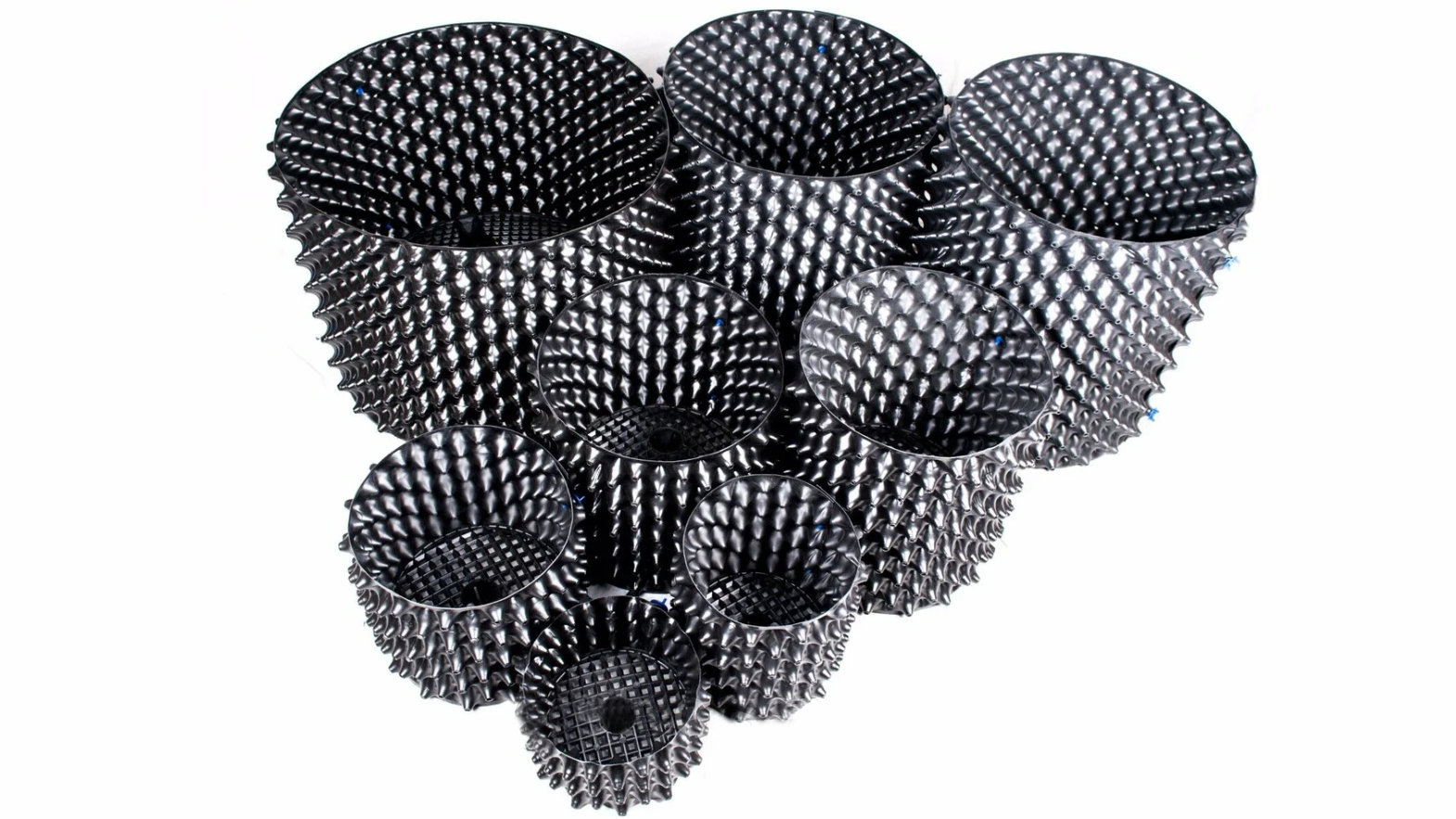
Well-Pots are an innovative growing solution that offers several key advantages over traditional pots. In this section, we will look at the key benefits of Well-Pots and how they contribute to healthy and productive plant growth.
The advantages of Well-Pot pots make them an attractive choice for growers looking to maximize the yield and healthy growth of their plants.
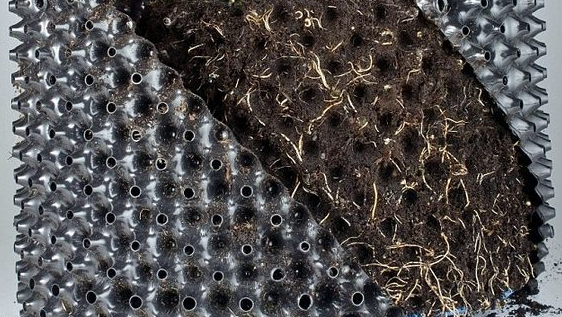
Well-Pot pots have found widespread use in a variety of agricultural, horticultural and landscaping applications due to their unique features and benefits.
The use of Well-Pots in various fields of agriculture, gardening and landscape design confirms their versatility and effectiveness in growing plants.
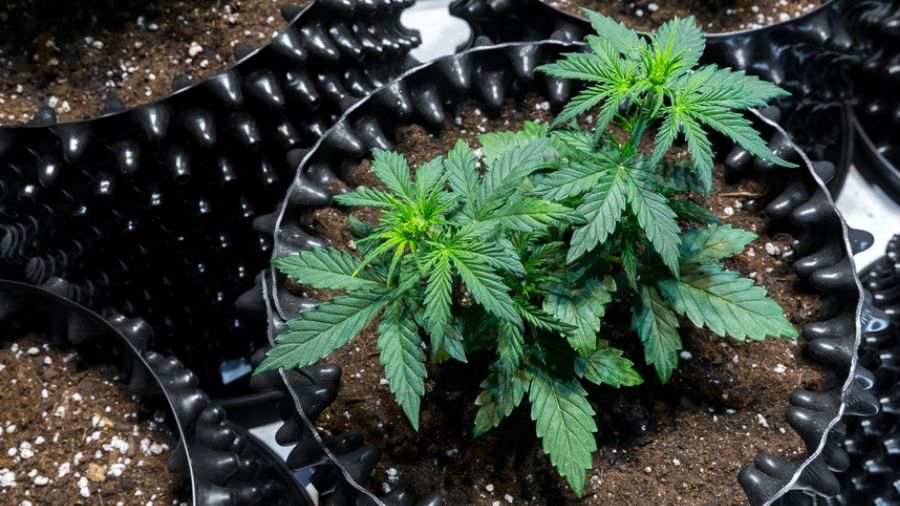
Choosing and caring for plants grown in Well-Pots plays a key role in ensuring healthy plant growth and development. In this section we will provide practical advice on choosing the right Well-Pot size as well as plant care tips.
When choosing a Well-Pot size, it is important to consider the size of the plant's root system and its space requirements. In general, larger pots should be chosen for larger plants to ensure that there is enough space for the roots to develop. For smaller plants, smaller pots can be used. It is also important to consider the size of the available potting space and to consider the possibility of repotting the plant into a larger pot as it grows.
Well-Pots have good breathability, which helps to distribute moisture more evenly in the soil and prevents roots from rotting due to excess moisture. However, proper watering of the plants should not be neglected. It is important to keep the soil at an optimal moisture level by checking the soil moisture regularly and watering the plants as needed. Avoid drying out or overwatering the soil.
Plants grown in Well-Pots may require additional fertilizer to ensure optimal nutrition. It is recommended to use a quality fertilizer that contains the necessary macro and micronutrients for healthy plant growth. Follow the instructions on the fertilizer package and feed the plants regularly according to their needs.
As the plants grow, it may be necessary to repot them into larger pots to allow for further root development. When repotting, make sure that the roots are not damaged and provide enough space in the new pot. Transplant plants into well-drained soil and take into account their individual needs.
Following these tips for selecting and caring for plants grown in Well-Pots will help ensure optimal conditions for healthy and successful growth.
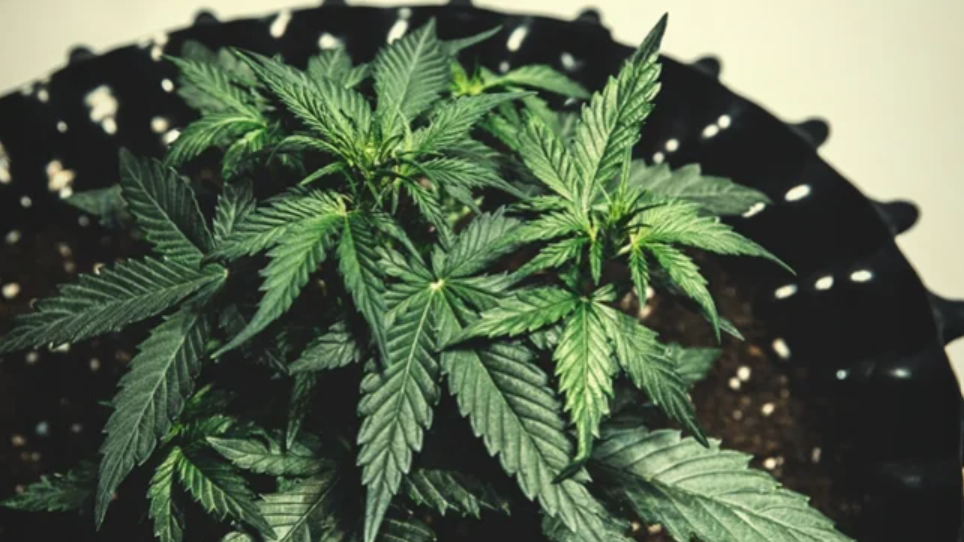
Related articles: